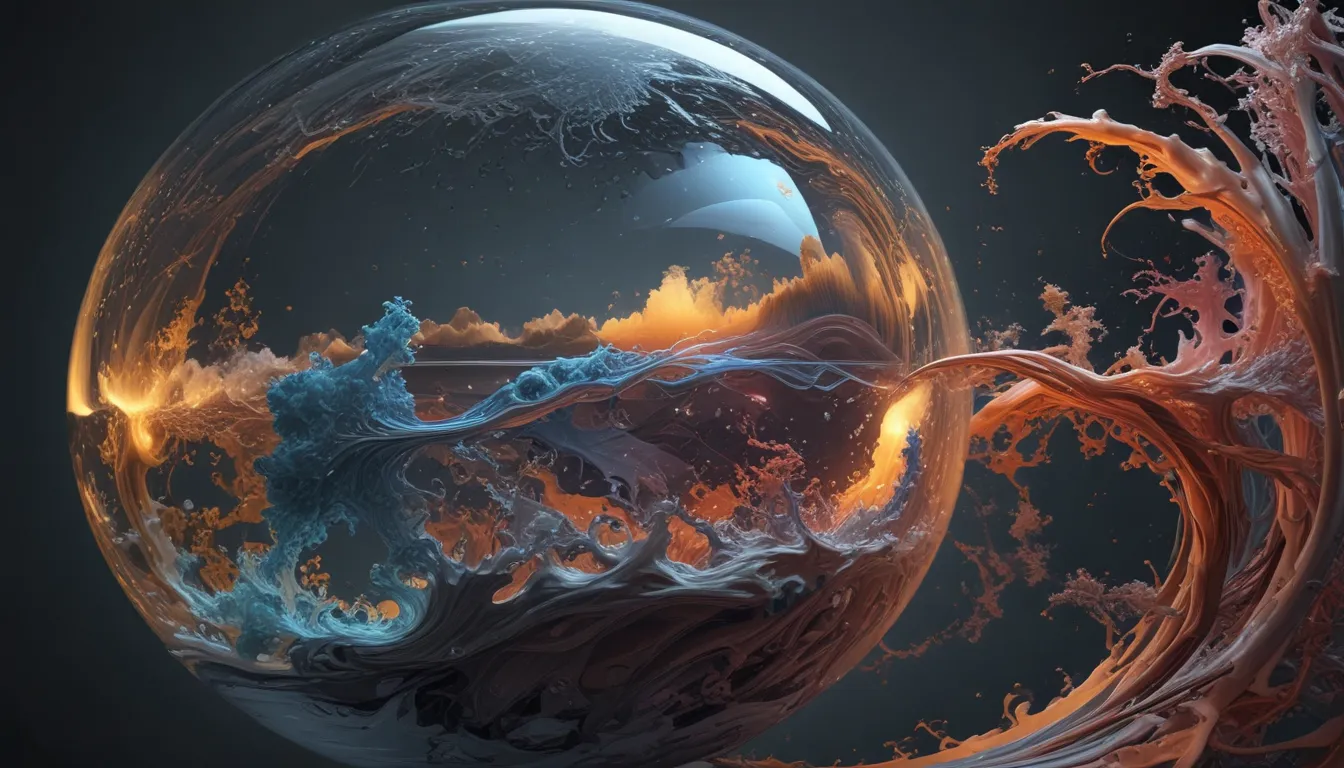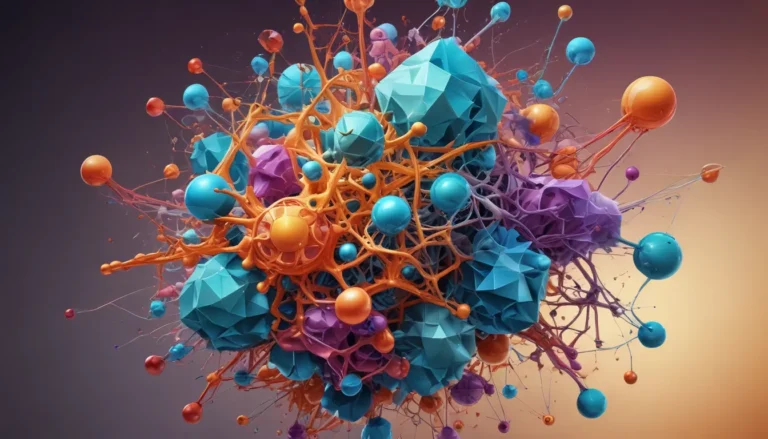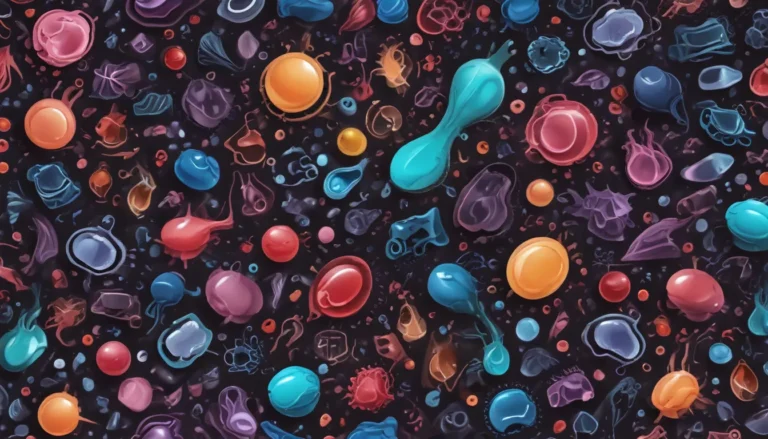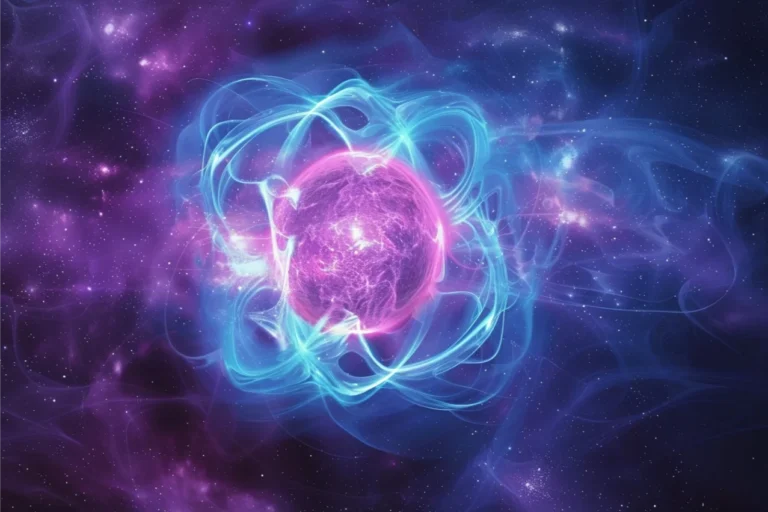A Note About Images: The images used in our articles are for illustration purposes only and may not exactly match the content. They are meant to engage readers, but the text should be relied upon for accurate information.
Are you intrigued by the mysterious forces that govern the behavior of molecules and materials? Look no further than Van der Waals forces, a captivating concept in the realm of chemistry. Named after the pioneering Dutch scientist, Johannes Diderik van der Waals, these forces are essential in shaping the properties and interactions of atoms and molecules.
Dive into the fascinating world of Van der Waals forces with us as we uncover 12 unbelievable facts that will not only enrich your knowledge of chemistry but also inspire a profound appreciation for the intricacies of the molecular realm.
Van der Waals Forces Unveiled
Van der Waals forces, named in honor of the brilliant scientist Johannes Diderik van der Waals, were first unveiled in the late 19th century. Van der Waals’ groundbreaking discovery earned him the prestigious Nobel Prize in Physics in 1910, solidifying the significance of these intermolecular forces in the field of chemistry.
The Role of Van der Waals Forces in Nature
The influence of Van der Waals forces extends far beyond the confines of laboratory experiments. These forces serve as the driving factor behind various natural phenomena, determining critical properties such as boiling and melting points, solubility, and surface tension of substances. Additionally, Van der Waals forces contribute significantly to the cohesion and adhesion of materials.
The Science Behind Van der Waals Forces
At the core of Van der Waals forces lie temporary fluctuations in electron distribution within atoms and molecules. As these entities are in constant motion, their electron clouds undergo transient shifts in density, creating temporary dipoles. These dipoles induce corresponding changes in neighboring molecules, generating an overall attractive force.
Unveiling the Types of Van der Waals Forces
- London Dispersion Forces: The weakest variant of Van der Waals forces, London dispersion forces arise between all atoms and molecules, triggered by instantaneous dipoles induced by fleeting fluctuations in electron distribution.
- Dipole-Dipole Interactions: Occurring among polar molecules with permanent dipoles, dipole-dipole interactions entail an attraction between opposite ends of molecules, resulting in a net attractive force.
- Hydrogen Bonding: A specialized form of dipole-dipole interaction, hydrogen bonding manifests when hydrogen is bonded to highly electronegative elements such as oxygen, nitrogen, or fluorine. This robust interaction plays a pivotal role in various biological processes.
Van der Waals Forces in Biological Systems
Delving into the realm of biological macromolecules, it becomes evident that Van der Waals forces wield a considerable influence. These forces are indispensable for the structural integrity of proteins, DNA, and other biomolecules, contributing significantly to the folding and stability of these intricate structures.
The Versatility of Van der Waals Forces
While Van der Waals forces predominantly exhibit an attractive nature, they can transition into a repulsive state at extremely close distances due to overlapping electron clouds. This repulsion mechanism serves as a safeguard, preventing molecules from collapsing into one another.
The Impact of Size on Van der Waals Forces
Size does indeed matter when it comes to Van der Waals forces. Larger atoms boast a greater number of electrons, leading to more pronounced fluctuations in electron distribution and subsequently stronger Van der Waals forces.
The Universality of Van Der Waals Forces
From the gaseous state to liquids and solids, Van der Waals forces permeate every realm of matter, orchestrating fundamental intermolecular interactions and shaping the physical properties of substances.
Embarking Upon Real-World Applications
Van der Waals forces wield a profound influence on the behavior of gases, contributing to deviations from ideal gas behavior and playing a pivotal role in the condensation and liquefaction of gases. Moreover, these forces underpin the remarkable adhesive capabilities of geckos, enabling them to traverse vertical surfaces with ease.
Illuminating the Molecular World
In essence, Van der Waals forces form the bedrock of numerous facets of the chemical realm. A comprehension of these forces is indispensable for grasping the intricate interactions between molecules and the behavior of substances. From the inception of Van der Waals’ revolutionary discovery to the contemporary understanding of the diverse manifestations of these forces, the 12 astounding facts presented here unravel the captivating nature of Van der Waals forces.
FAQs: Navigating the World of Van Der Waals Forces
- Q: What are Van der Waals forces?
- A: Van der Waals forces are weak intermolecular forces arising from transient fluctuations in electron distribution around atoms or molecules.
- Q: What are the different types of Van der Waals forces?
- A: There are three primary types of Van der Waals forces: London dispersion forces, dipole-dipole interactions, and hydrogen bonding.
- Q: What is the significance of Van der Waals forces in chemistry?
- A: Van der Waals forces play a pivotal role in determining the physical and chemical properties of substances, including key traits like boiling and melting points, solubility, and viscosity.
- Q: How do Van der Waals forces contribute to the adhesive properties of gecko feet?
- A: Van der Waals forces facilitate the adhesion of geckos to surfaces by inducing temporary dipoles that create an adhesive effect between their feet and the surface.
- Q: Are Van der Waals forces prevalent in biological systems?
- A: Yes, Van der Waals forces exert a significant influence in various biological processes, such as enzyme-substrate binding and protein folding.
Embark on a journey of discovery as you unravel the intricacies of Van der Waals forces and their multifaceted roles in shaping the molecular world. Whether marveling at the adhesive prowess of geckos or pondering the structural stability of proteins, Van der Waals forces emerge as an indispensable cornerstone of the chemical landscape. Explore, learn, and revel in the enigmatic realm of Van der Waals forces!






